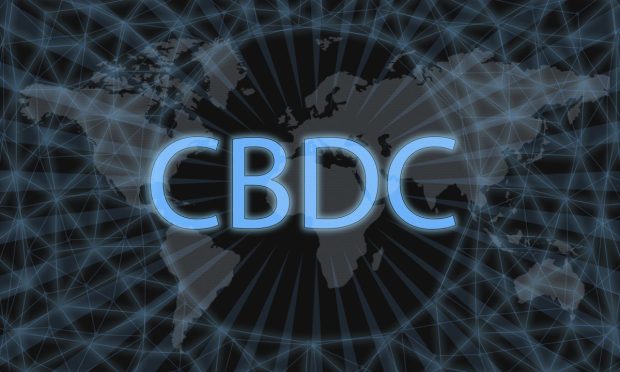Kenya’s Central Bank Paper Lists CBDC Risks, Invites Public Comment

In the back and forth over central bank digital currencies (CBDCs), where countries around the globe are focused on how, and even whether, to move forward, with plans to inject digital fiat into the mix, it may be the court of public opinion that determines the ultimate outcome.
In a new wrinkle, the banks may go to the public and ask quite bluntly: If we build it, will you come?
On Thursday (Feb. 10) Kenya’s central bank said it has decided to ask the public about how it views CBDCs.
In a discussion paper released by the bank, the bank said that it “invites the public, industry and stakeholders to review this discussion paper on CBDC and provide feedback and ideas to be considered when assessing the use case for CBDC in Kenya.” Comments can be submitted until May 20.
The discussion paper noted that amid the pandemic, platforms are emerging as “important financial inclusion tools across the world.” Central banks, according to Kenya’s bank, have been increasing their efforts to examine and deploy CBDCs (Bank of International Settlement surveys indicate that 86% of central banks are at least researching the idea).
Kenya, it should be noted, is the country that created and embraced M-Pesa last decade. Yet the paper that debuted today has its own concerns about CBDCs.
Among those perceived risks: Disintermediation of banks. If significant deposit balances are moved from bank deposits to CBDC, said Kenya’s central bank, traditional FIs’ ability for credit creation could get constrained.
“Since central banks cannot provide credit to the private sector, the impact on the role of bank credit needs to be well understood,” according to the paper. If the traditional banks lose deposits and transactions, credit costs might increase. And though the widespread perception might be that CBDCs automatically foster financial inclusion, the paper noted that financial exclusion may result.
“The required technological infrastructure and technical literacy is not accessible to all sections of the public. For Kenyans to access CBDC, they would require access to the underlying technology and the user know-how, which could be a constraint for some individuals,” noted the paper. Cybersecurity remains a concern, too.
Seeking Viewpoints in the States, Too
Reuters noted on Thursday the central bank is required to seek views from the public before taking major decisions — so the call for commentary may not be a surprise. But it will be interesting to see what the public opinion actually will be. If the commentary proves to be negative, we might assume that a central bank (whether it’s Kenya’s central bank or another nation’s) would pull away from, or scale back on, an undertaking as ambitious as a CBDC. After all, new payments initiatives are only as robust as the willingness of stakeholders to embrace those initiatives.
In the US, of course, the same public discourse is on the horizon. As noted in this space in recent days, the Fed’s “Money and Payments: The U.S. Dollar in the Age of Digital Transformation,” offered little direction on any potential launch of a central bank digital currency. Instead, the 35-page report concluded the Fed will not proceed without clear support from the White House and Congress.
In an interview with PYMNTS, Darrell Duffie, professor of management and finance at Stanford University’s Graduate School of Business, said among the questions that remain unanswered is: Does the United States need digital currency?
“There’s no blueprint that you can just take off the shelf and say, OK, let’s go ahead,” he said. “It’s going to be at least a few years before there’s even a decision, and more years after that before the technology is ready for prime time,” he told PYMNTS.
Read also: CBDC in the US Will Take Years, but Some Benefits May Come Earlier